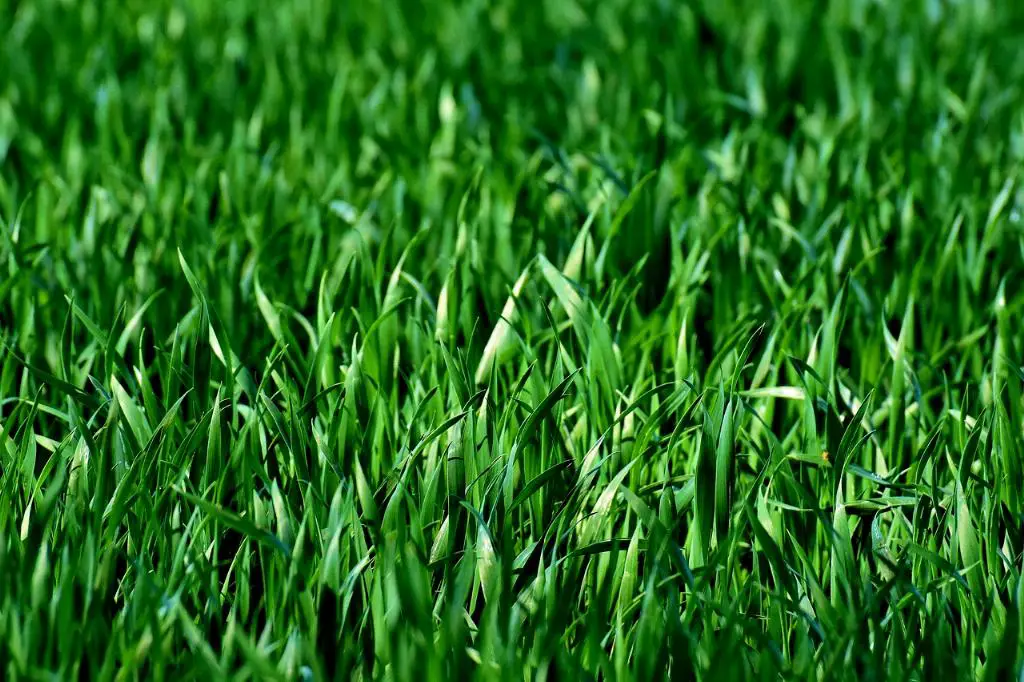It’s common for homeowners to wonder about the proper amount of water their lawns need to thrive. Maintaining a lush, green lawn requires a delicate balance of watering to avoid both under-watering and over-watering. To achieve this balance, it’s essential to understand the specific watering needs of your grass and follow some best practices.
Experts advise that, on average, lawns require about 1” to 1½” of water each week, which includes any rainfall that the area receives. However, this is just a general guideline, and factors like soil type, grass species, temperature, and sunlight exposure can all influence how much water your lawn actually needs.
One effective strategy recommended by professionals is to water your lawn less frequently but more deeply. This approach involves giving your grass a thorough soaking when you do water, allowing the moisture to penetrate deeply into the soil. By doing so, you encourage the roots to grow deeper as they search for water, promoting a healthier and more drought-resistant lawn.
When determining the right watering schedule for your lawn, it’s crucial to consider the climate in your area. For residents of Minnesota, where summers can be hot and dry, adjusting your watering frequency and duration is essential to keep your grass lush and green. Be mindful of rainfall amounts and adjust your watering accordingly to avoid water wastage.
Another useful tip is to water your lawn in the early morning. This timing allows the grass to absorb the moisture before the heat of the day evaporates it, ensuring that your lawn remains hydrated and reducing the risk of fungal diseases caused by prolonged moisture on the grass blades.
Observing your lawn for signs of stress can also help you gauge whether you’re providing enough water. If you notice areas of your lawn turning brown or the grass blades wilting, it’s a clear indication that your grass isn’t getting adequate moisture. Adjust your watering routine promptly to prevent permanent damage to your lawn.
Using a rain gauge or a simple container placed on your lawn can help you monitor how much water your grass is receiving. By measuring the amount of water collected after watering or rainfall, you can adjust your watering schedule to ensure your lawn gets the right amount of moisture without wasting water.
Remember that different grass species have varying water requirements, so it’s important to know the type of grass you have planted in your lawn. Some grasses, like Kentucky bluegrass, may need more frequent watering, while others, such as fescue, may be more drought-tolerant and require less water to thrive.
During periods of extreme heat or drought, your lawn may need additional watering to stay healthy. Keep an eye on weather forecasts and adjust your watering routine accordingly to protect your grass from heat stress and maintain its vibrant green appearance.
Properly watering your lawn is not just about preventing under-watering but also avoiding over-watering. Excessive watering can lead to shallow root systems, making your grass more susceptible to drought and disease. By following the recommendations of experts and paying attention to the specific needs of your lawn, you can achieve a healthy and beautiful lawn that enhances your outdoor space.
In conclusion, determining how much to water your lawn requires a combination of knowledge, observation, and adaptability. By understanding the watering needs of your grass, adjusting your watering schedule based on climate conditions, and following best practices for lawn care, you can ensure that your lawn remains vibrant and healthy throughout the year.

